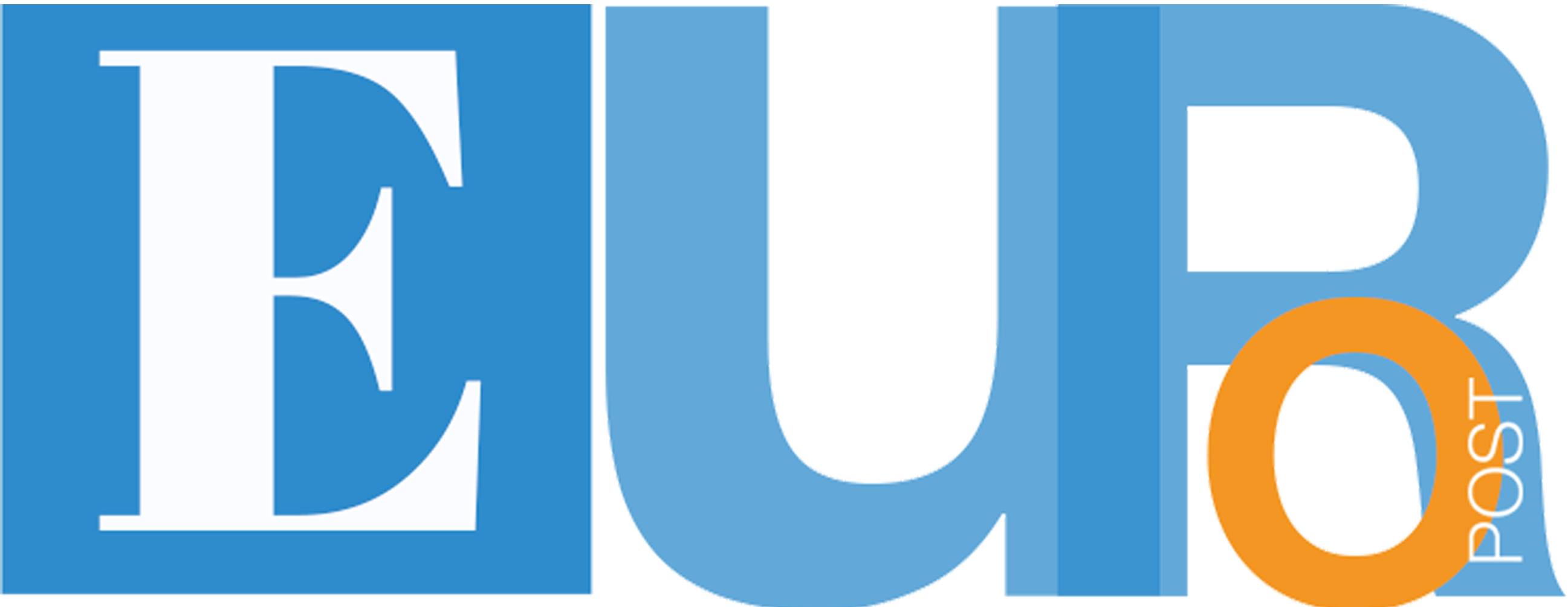A student at Prague’s Charles University carried out a mass shooting, killing 14 people and injuring 25 others, with 10 in serious condition. The shooter was later found dead, making it the worst mass shooting in the Czech Republic’s modern history.
Prague’s police chief, Martin Vondrášek, described it as a “premeditated violent attack” inspired by similar incidents abroad. The Czech interior minister, Vít Rakušan, stated that there was no indication of a connection with international terrorism.
The shooter’s father was found dead earlier on the same day. The death toll might rise further, according to authorities.
Prague’s mayor, Bohuslav Svoboda, expressed the city’s surprise at facing the emergence of an individual shooter problem, stating, “We always thought this was a thing that did not concern us. Now it turns out that, unfortunately, our world is also changing, and the problem of the individual shooter is emerging here as well.”
The police responded to a shooting at Jan Palach Square in central Prague, near iconic tourist sites like the Charles Bridge. Within an hour, authorities confirmed on X that the shooter had been “eliminated,” prompting the evacuation of the entire building.
During the police operation, teachers and students received email instructions to take shelter, emphasizing staying in place, locking doors, placing furniture as a barricade, and turning off lights.
Students shared distressing experiences during the Prague University shooting, with images of barricaded doors and desperate attempts to escape posted online. One student, Jakob Weizman, conveyed being stuck inside a classroom but assured followers that the shooter was dead. Others resorted to climbing narrow ledges in a bid to evade the assailant.
Prague’s police chief, Martin Vondrášek, reported finding the body of the shooter’s father at his home in Hostoun, west of Prague, before the attack. The student, not publicly identified, was expected to attend a lecture at 2 pm. Despite a prompt search order for the main arts faculty building, the armed suspect opened fire in another location. The shooting was reported at 2.59 pm, and a Swat team arrived on-site 12 minutes later.
At 3:20 pm, Prague’s police chief, Martin Vondrášek, received information that the shooter’s body was on a ledge of the building. The suspect had suffered “devastating injuries,” and it was unclear if he had died from self-inflicted wounds or police gunfire.
Witness Petr Nedoma, the director of the Rudolfinum Gallery, observed the shooter firing towards Mánes Bridge. The shooter then raised his hands and discarded the weapon on the street. Another evacuated witness described the scene as “terribly scary,” with police armed with submachine guns directing people to run outside.
Czech President Petr Pavel expressed deep shock and condolences to the victims’ families. Prime Minister Petr Fiala canceled a trip due to the tragic events, and Mayor Bohuslav Svoboda expressed complete shock.
European leaders, including European Commission President Ursula von der Leyen, expressed condolences and solidarity with Prague after the tragic shooting at Charles University. Dutch Prime Minister Mark Rutte and Hungary’s Prime Minister Viktor Orbán also conveyed their sympathies.
Jan Palach Square and the vicinity of the university building were sealed off by police. Emergency services reported deploying numerous ambulance units, with injuries ranging from light to very serious. Officials indicated that no additional individuals were believed to be involved in the shooting.
Czech media mentioned a blast heard before the gunman on the roof opened fire. Police urged people in the area to avoid immediate vicinity and stay indoors. While gun crime is uncommon in the Czech Republic, the incident stirred memories of past tragedies, such as the 2019 hospital shooting in Ostrava and the 2015 shooting in Uhersky Brod.








